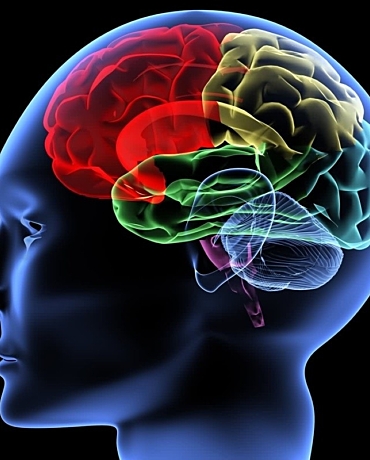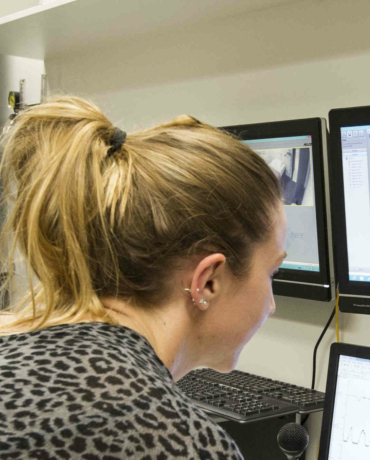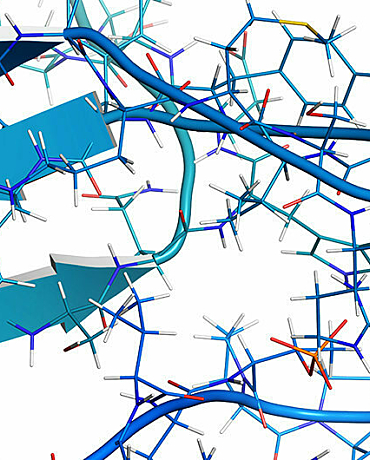Parkinson's Disease
The goal of our research is to slow the progression of Parkinson’s disease, and ultimately, improve health outcomes for individuals living with Parkinson's.
The goal of our research is to slow the progression of Parkinson’s disease, and ultimately, improve health outcomes for individuals living with Parkinson's.

Symptoms of Parkinson’s disease are caused by a gradual deterioration and death of brain cells in the substantia nigra part of the brain. However, people with Parkinson’s can lose up to 70% of susceptible brain cells and go on for many years before symptoms become noticeable.
The goal of our research is to slow the progression of Parkinson’s disease, and ultimately, improve health outcomes for individuals living with Parkinson's.
First, we are working to understand how differences in a person’s genetic makeup can make them more susceptible to Parkinson’s disease. We are doing this by analysing tissue from people with genes known to predispose them to Parkinson’s disease. Early changes in cells in laboratory cultures are also being assessed.
Second, a core factor in Parkinson’s disease (as well as Mitochondrial disease) is that brain cells cannot generate sufficient energy. We are looking at ways to improve that function and slow the process of degeneration.
Third, we will be conducting further research on how the disease proteins spread and how best to reduce that growth.
We know that creating a renewable source of energy in brain cells by overexpressing a specific protein can improve energy production and slow the rate of neurodegeneration. In future, patients with genetic forms of Parkinson’s may be able to actively prevent themselves from developing Parkinson’s disease while others can potentially improve their condition if they already have it.

Kinghorn Chair, Neurodegeneration

Director Sydney Brain Bank

Principal Research Scientist

Senior Research Scientist
Every dollar of community support enables our scientists to continue making life-changing discoveries that contribute to a brighter and healthier future.
Run, swim or bake your way to making a positive difference in the lives of people touched by brain and nervous system disorders.
Stay informed about our latest research breakthroughs, scientific discoveries and the incredible minds behind them – subscribe today.
Neuroscience Research Australia respectfully acknowledges the Bidjigal and Gadigal peoples of the Eora Nation as the Traditional Owners of the Land on which we stand and pay our respects to Elders past and present.
Redevelopment of the NeuRA website has been made possible by the generous support of Conexus Financial.







